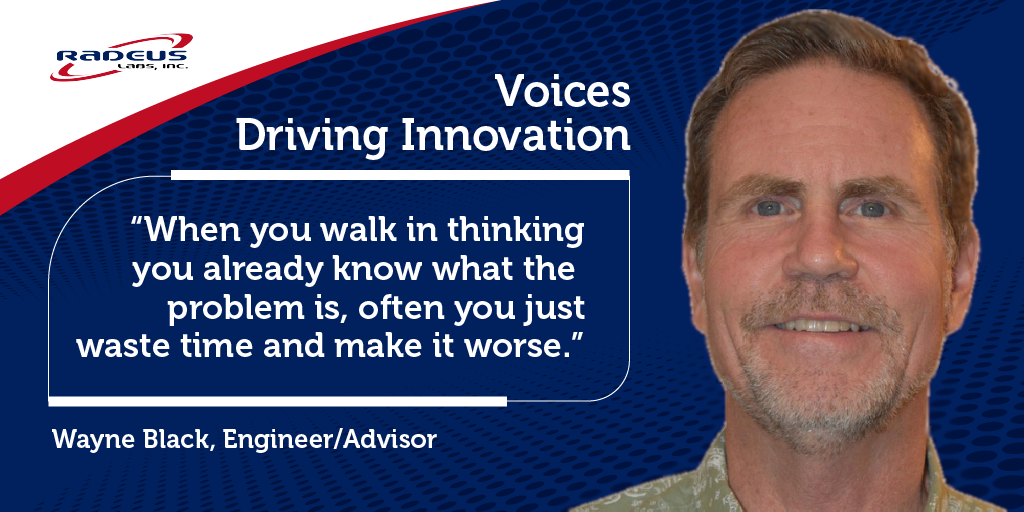Now: -55°C for Earth Station Antenna Motor Drive Cabinets
The Radeus Labs team has just completed testing on its improved Low Temperature Option for the Model 8250 Drive Cabinet. The previous rating went down to -40°C; the new improved version is now rated down to -55°C.
Multiple thermostats prevent drive cabinet electronics from powering up at unsafe temperatures. From a cold-start, the drive cabinet electronics power up after the heater has sufficiently warmed the interior.
The bottom-mounted heater/fan assembly provides quick and steady heating, expending energy only when required, and saving on electricity costs.
Low Temperature Packages are easily added after system installation, with pre-cut insulation, DIN rail-mount components, and a simple plug-in interface included for all systems.
Cabinets ordered with, or retrofitted with, the package gain the following specifications:
- Low ambient operational temperature: -55°C (all temperatures are without wind chill)
- Time from applied power to cabinet operation: 10 minutes (at cold start from -40°C) (Electronics will not power up until a safe internal operational temperature has been reached.)
- Internal average temperatures
- At -40°C ambient: 10°C
- At -55°C ambient: 10°C
It is estimated that this package will allow much lower operational temperatures, but as of yet has only been tested down to -55°C.
Since all cabinets have a low temperature storage specification of -20°C, this package will keep the electronics safe, even when the unit is not in operation, as long as power is readily available.



